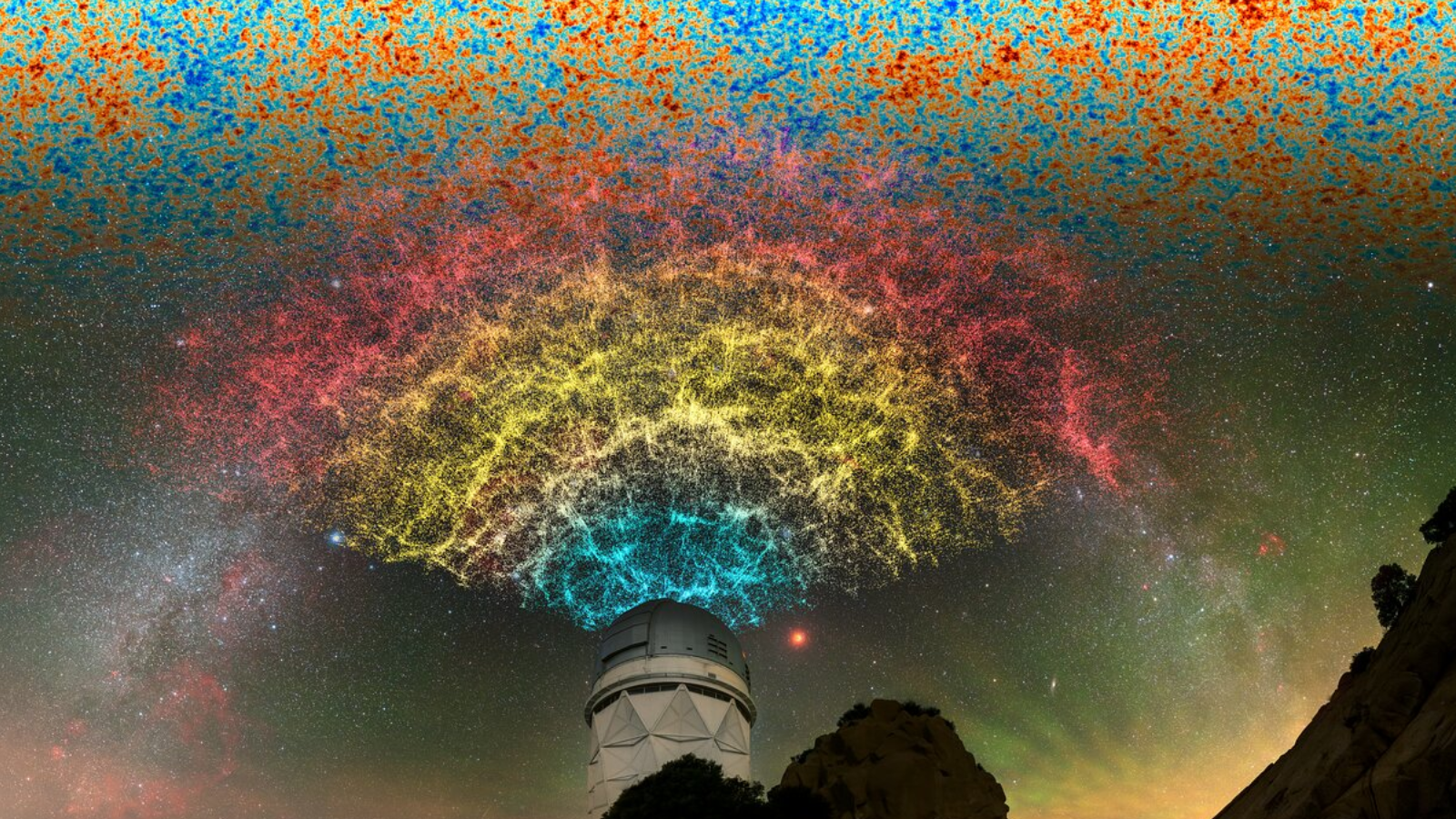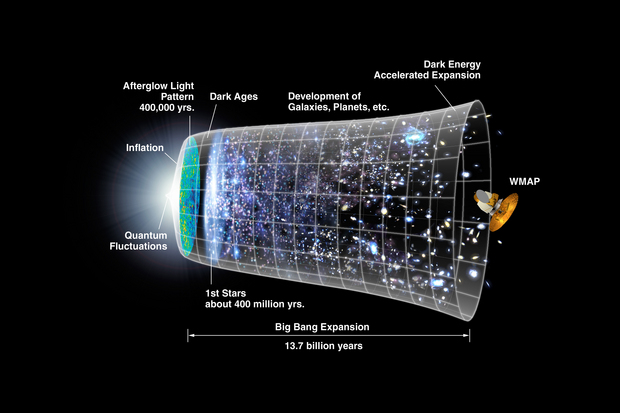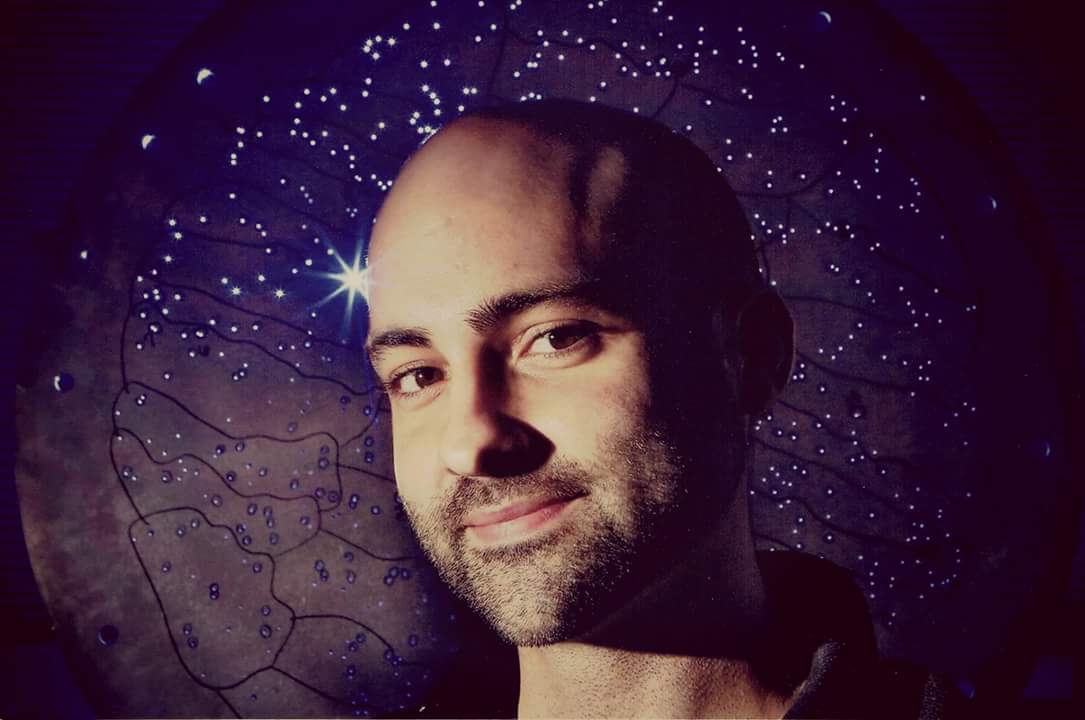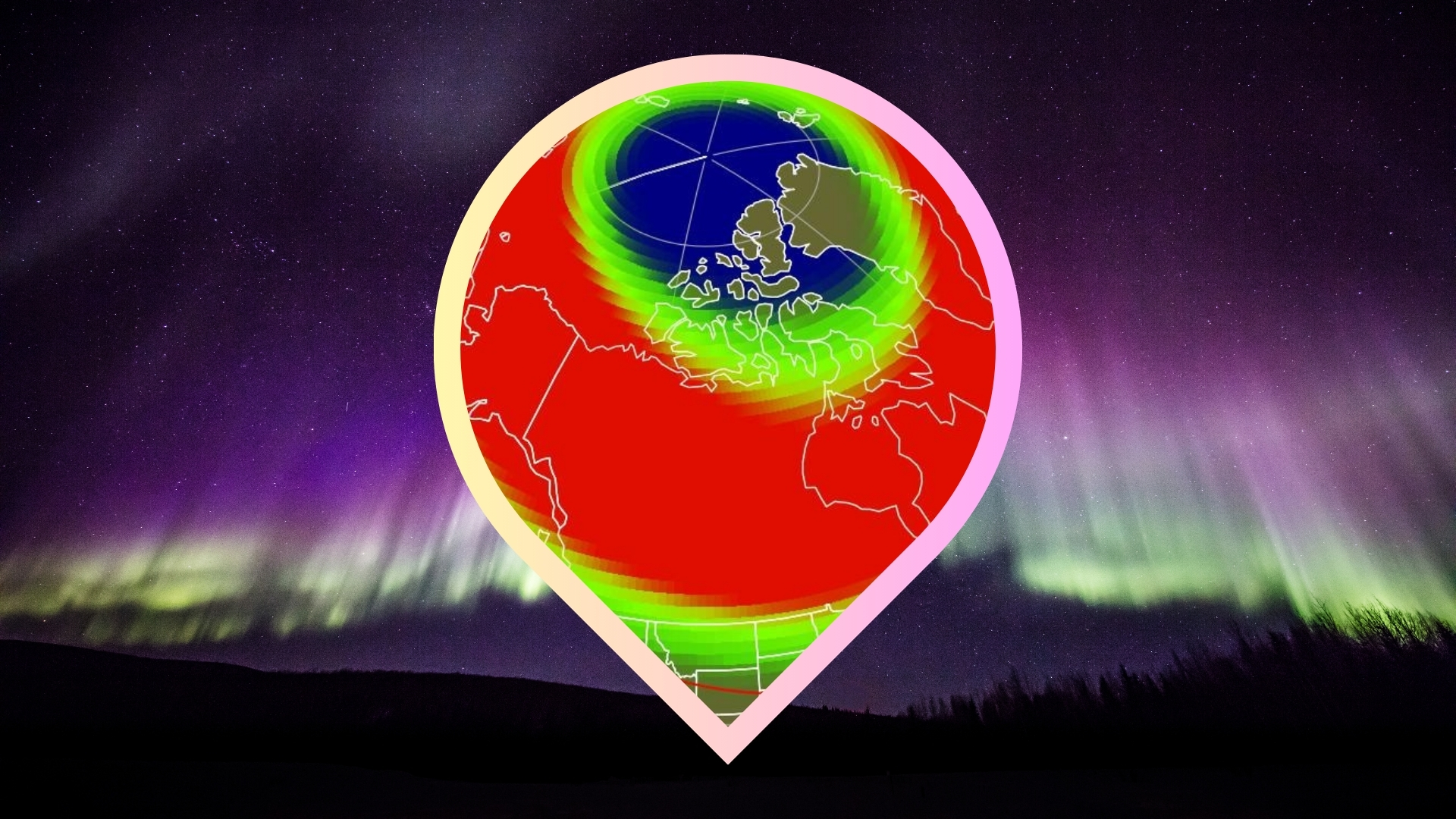Astronomers calculate that the universe will die in 33 billion years — much sooner than we thought
The theorists predict that the beginning of the end will be in about 10 billion years — less than the present age of the universe.

Tantalizing evidence hints that dark energy might be evolving, leading some cosmologists to suggest that our universe will collapse in a "Big Crunch" sooner than expected.
Over the past year, massive surveys of galaxies by both the Dark Energy Survey (DES) and the Dark Energy Spectroscopic Instrument (DESI) have revealed that dark energy — the mysterious force that's accelerating the expansion of the universe — might be changing with time. If this observation holds, it would be a paradigm-shifting result because it would mean our simplest model of dark energy, called the cosmological constant, is wrong.
With this new result, there is plenty of room for theoretical exploration into possible explanations and radical new theories of the cosmos. One of those, presented in a paper in June but not yet peer-reviewed, proposes a complex model for dark energy that allows for surprising behavior.
In this model, there are two components that contribute to dark energy. One is an axion, a hypothetical ultralight particle that hardly ever interacts with matter. These particles would soak the entire universe, and their average energy would drive the current period of accelerated expansion.
However, in this model, there's another component: the cosmological constant. This is a bare number in Einstein's theory of general relativity that can also explain dark energy. However, in this model, the cosmological constant has a lower value, as some of the accelerated expansion can be attributed to the axions.
In fact, the researchers behind the new study found that the best way to fit the DES and DESI data was to have the axions working in tandem with a negative cosmological constant. This would mean we are in a temporary period of accelerated expansion, driven largely by the axion field. But as time goes on, the axions will dilute and lose steam, allowing for the negative cosmological constant to take over, the authors propose.

A negative cosmological constant would do the exact opposite as a positive one: It would decelerate the universe's expansion rate instead of accelerating it. This would mean that, at some point in the future, the expansion of the cosmos would slow down, stop and begin to reverse — beginning a new "Big Crunch" phase.
Breaking space news, the latest updates on rocket launches, skywatching events and more!
The end of that process would be the mirror image of the Big Bang: Galaxies would merge, and the universe would get smaller, hotter and denser, ultimately meeting its end in a new singularity.
The theorists predict that the beginning of the end will be in about 10 billion years — less than the present age of the universe. The cosmos will then spend another 10 billion years collapsing, with the universe reaching its final singularity state after a total lifetime of just over 33 billion years.
Although this model would mean the universe is not quite at its midlife stage, it is well over halfway to its maximum size.
But this idea is deeply hypothetical. The DES and DESI results are preliminary findings and may not hold up to further scrutiny. And even if we do find that the cosmological constant is lacking, it doesn't make this model correct. We'll just have to wait and see.

Paul M. Sutter is a cosmologist at Johns Hopkins University, host of Ask a Spaceman, and author of How to Die in Space.
You must confirm your public display name before commenting
Please logout and then login again, you will then be prompted to enter your display name.
